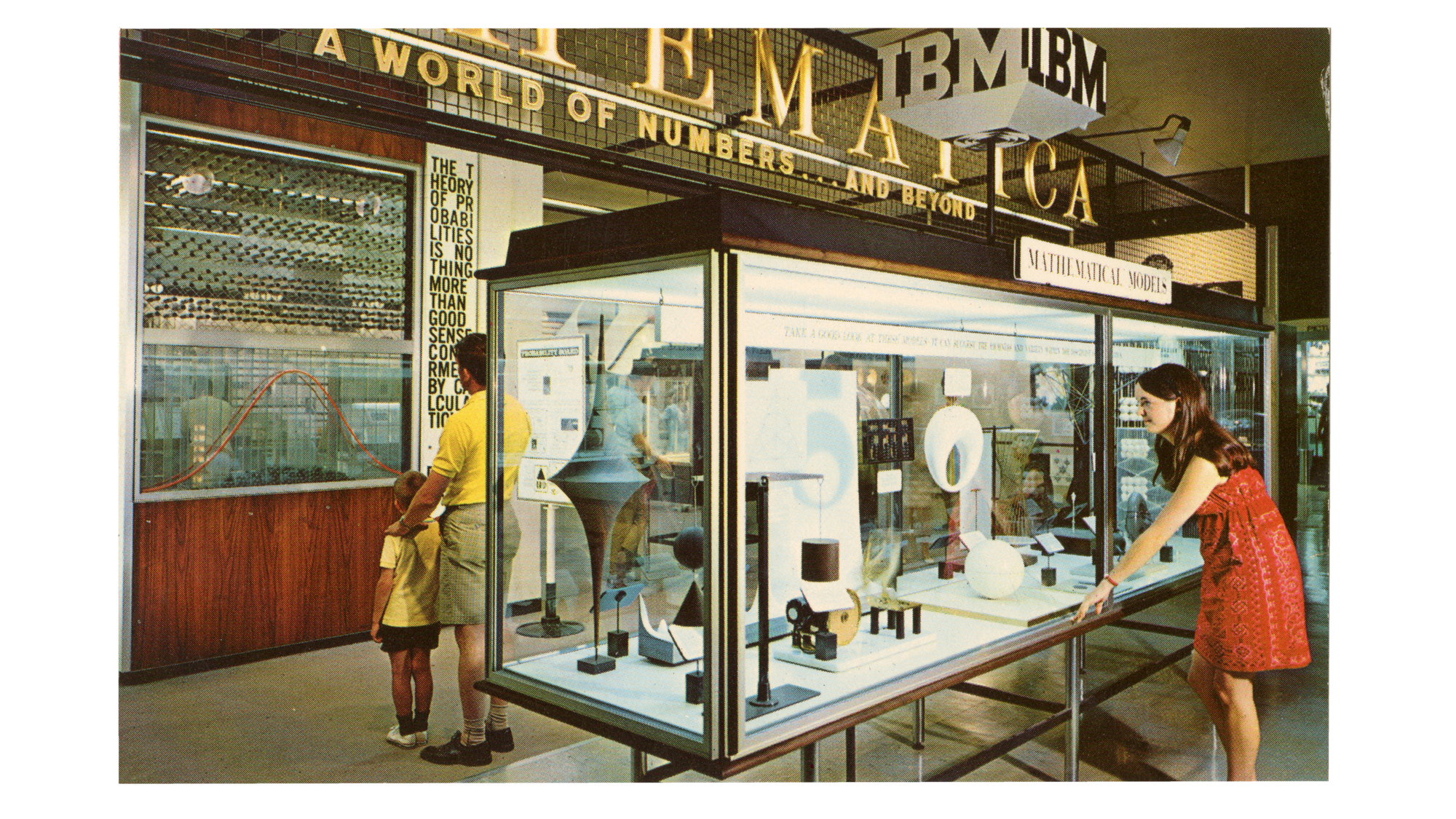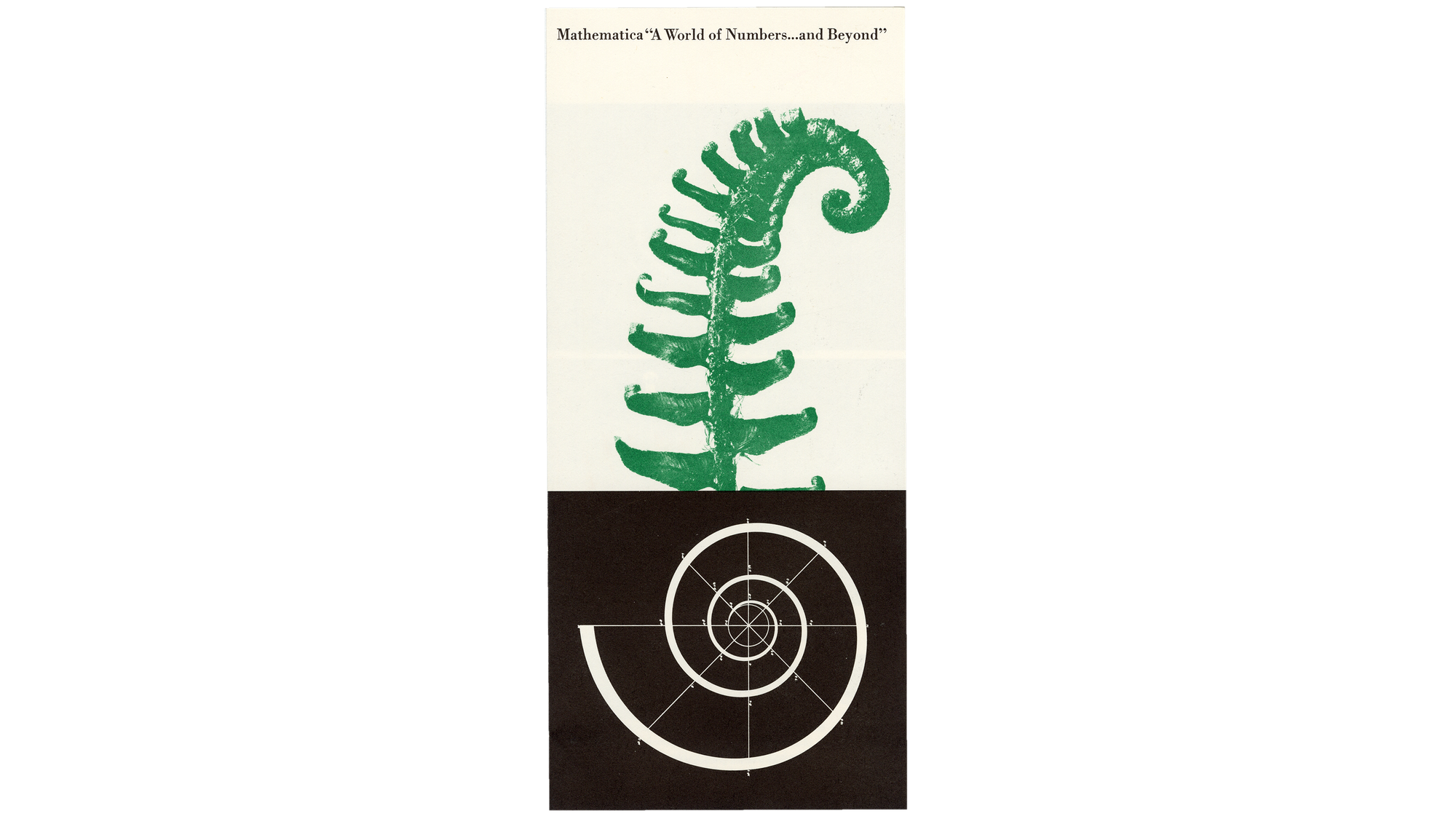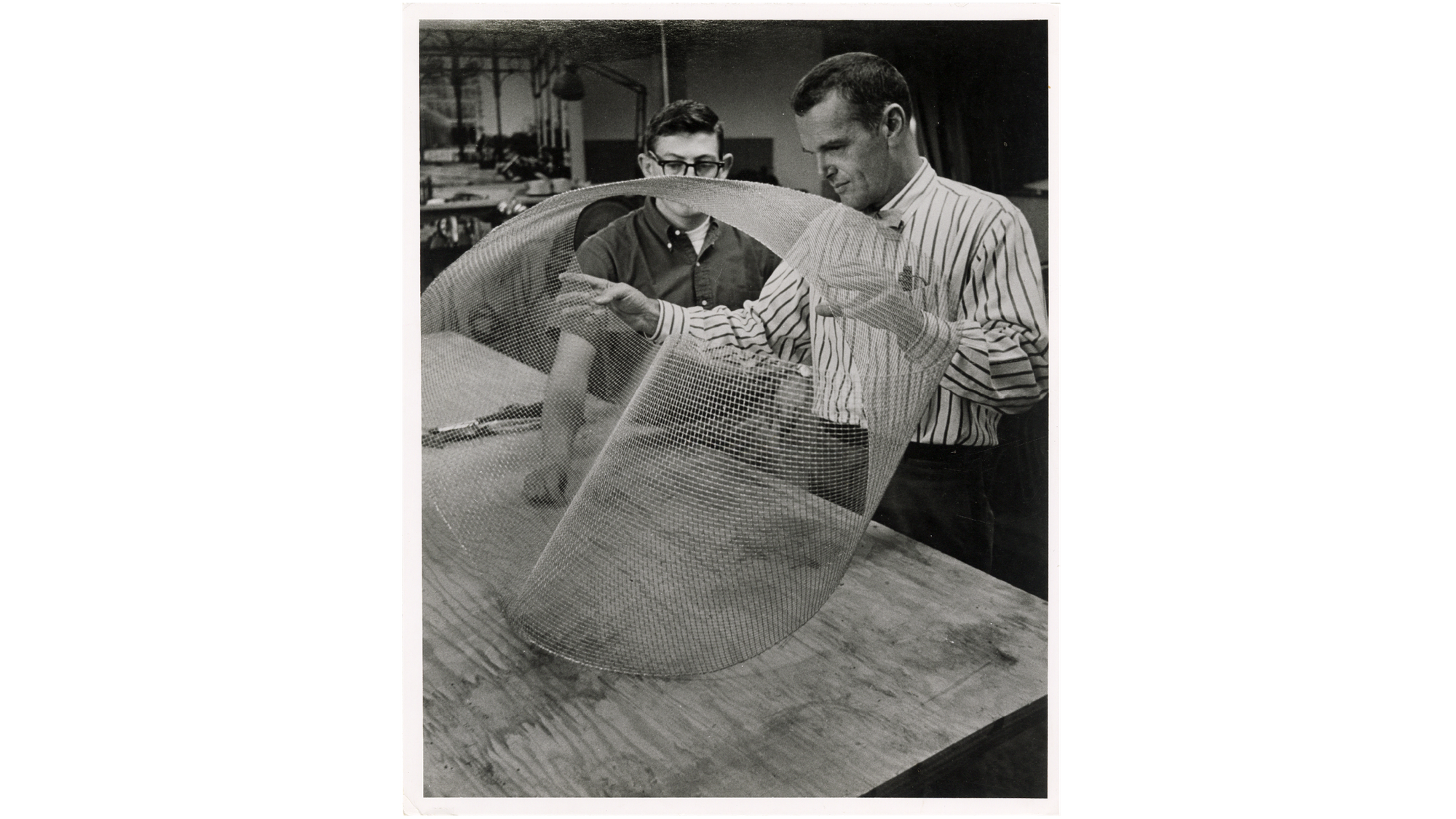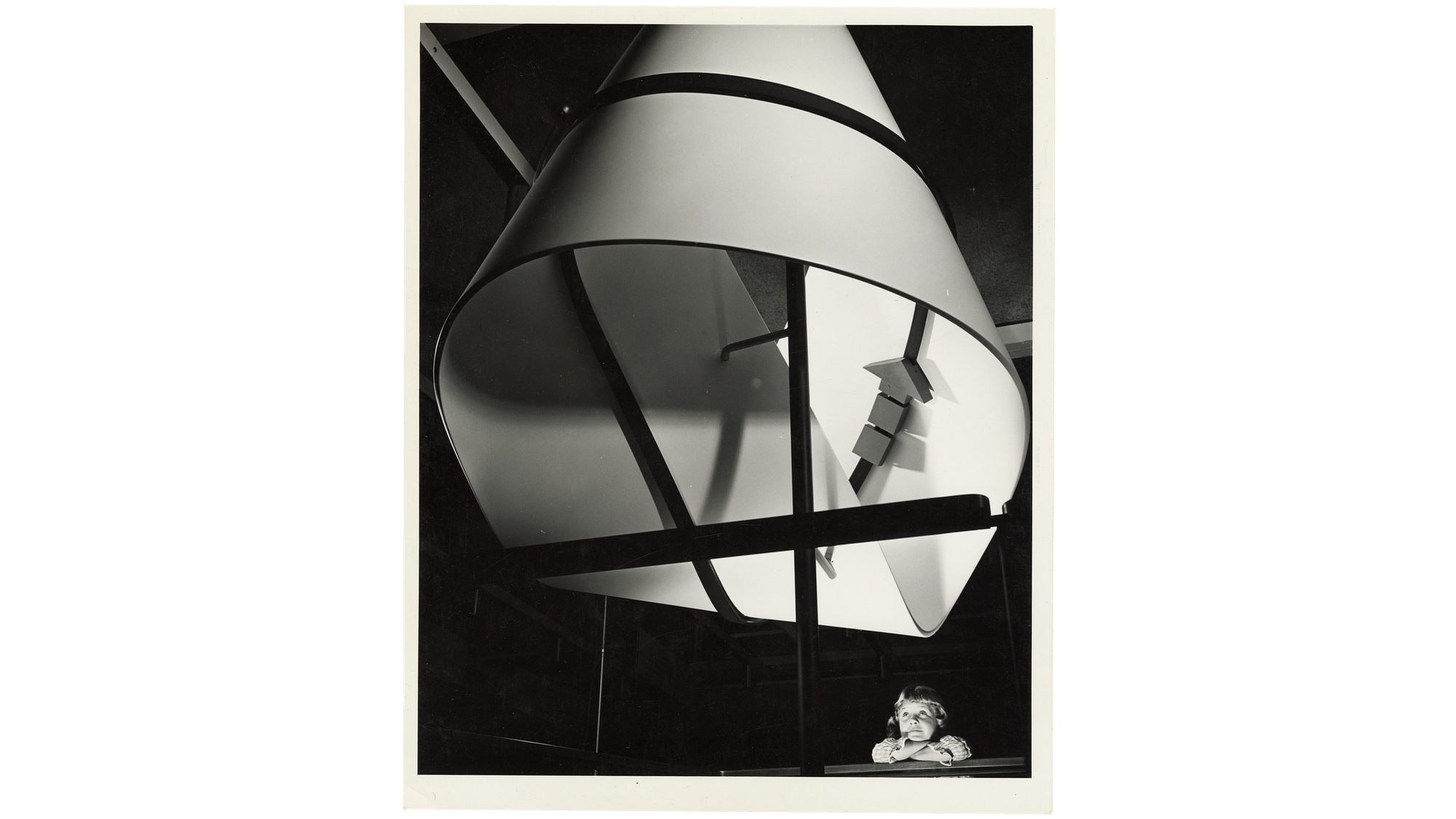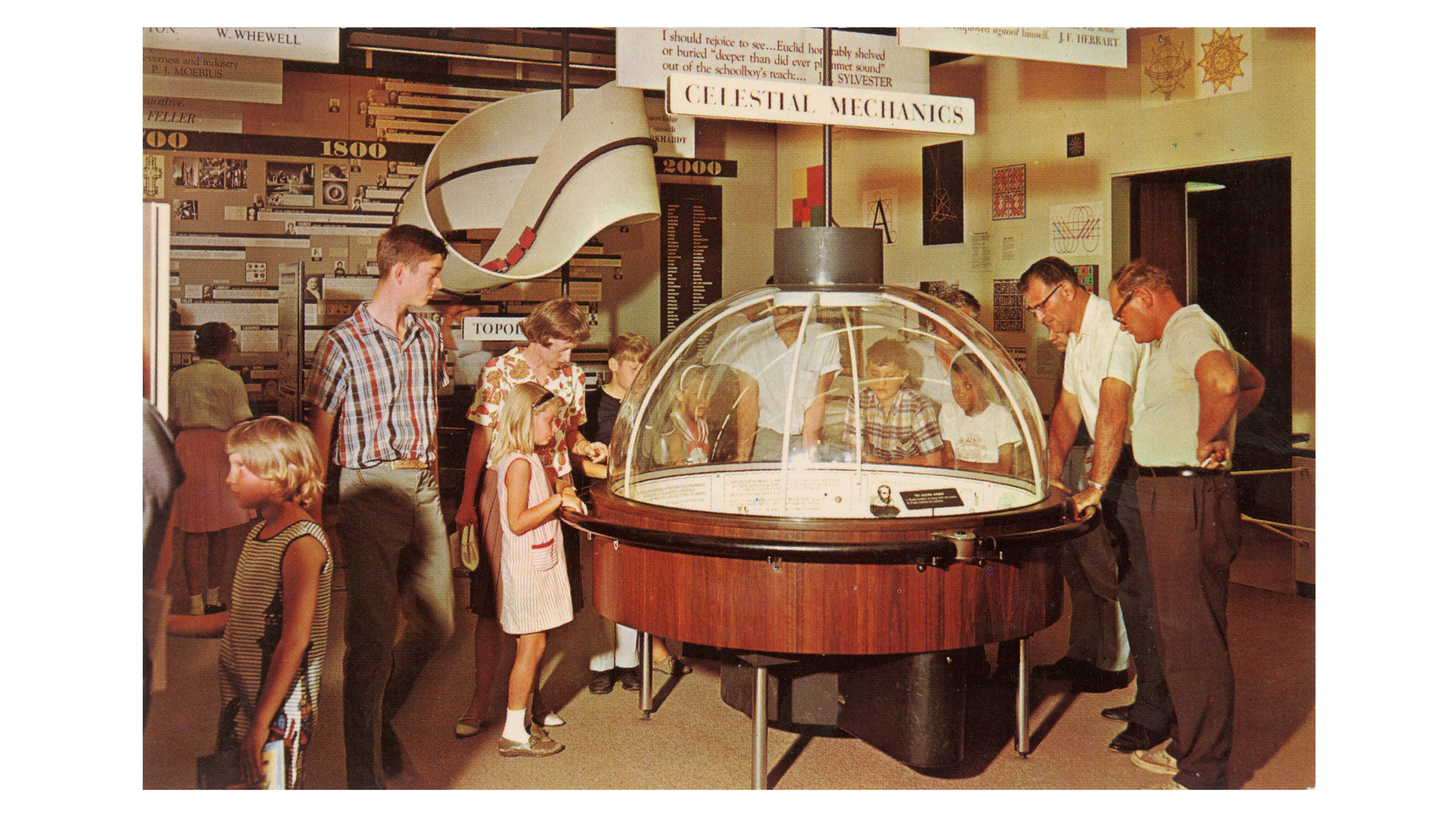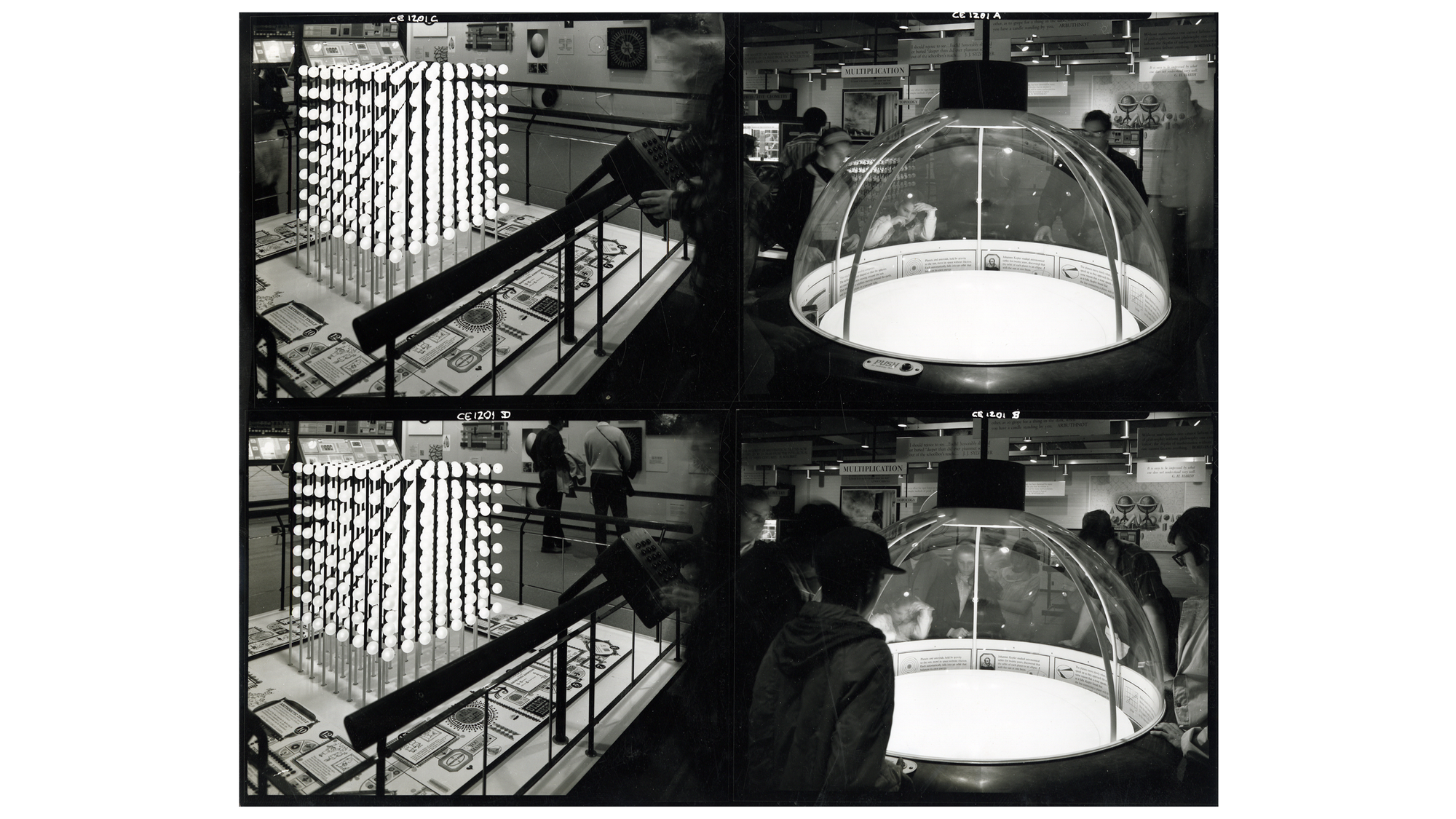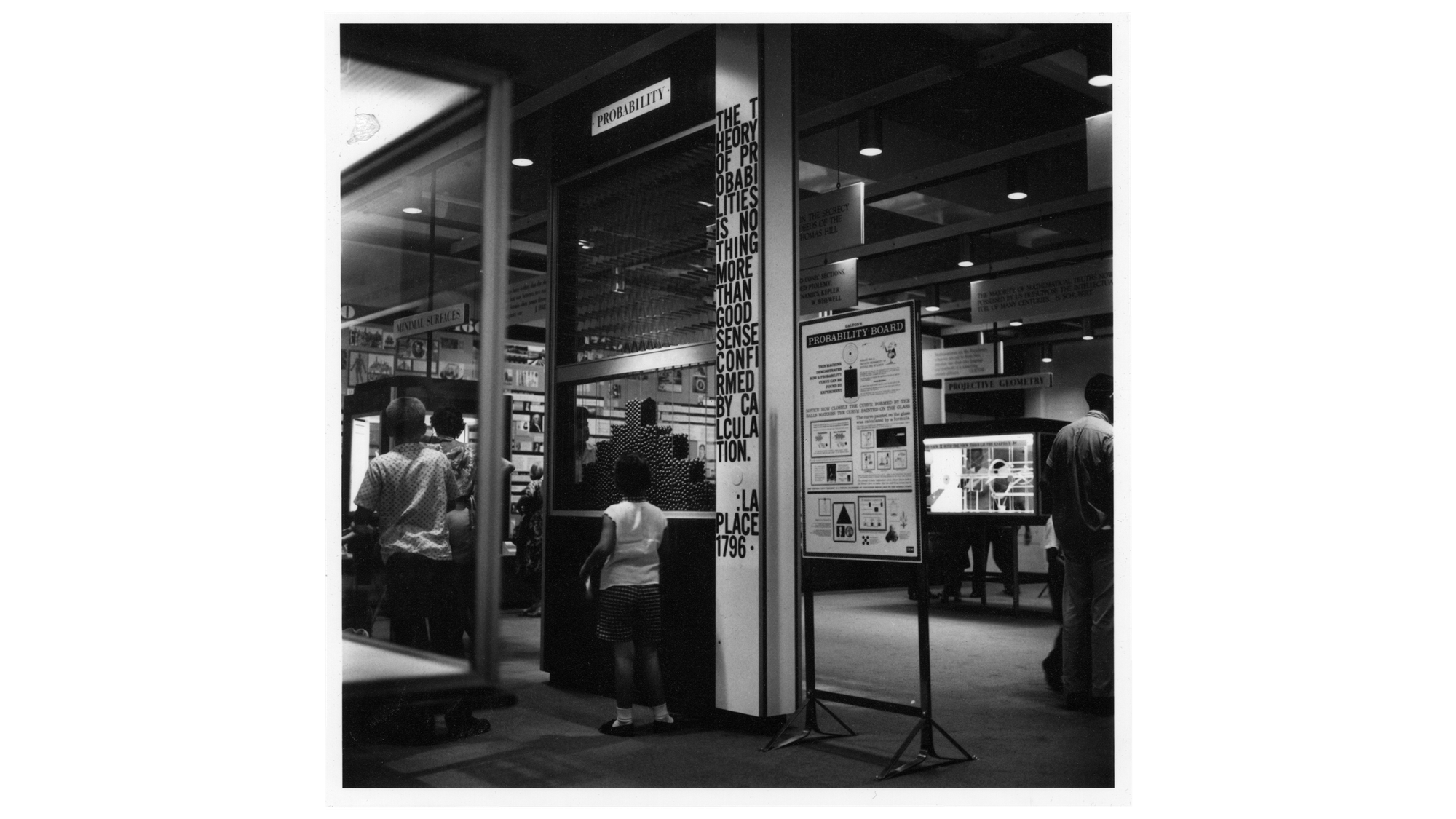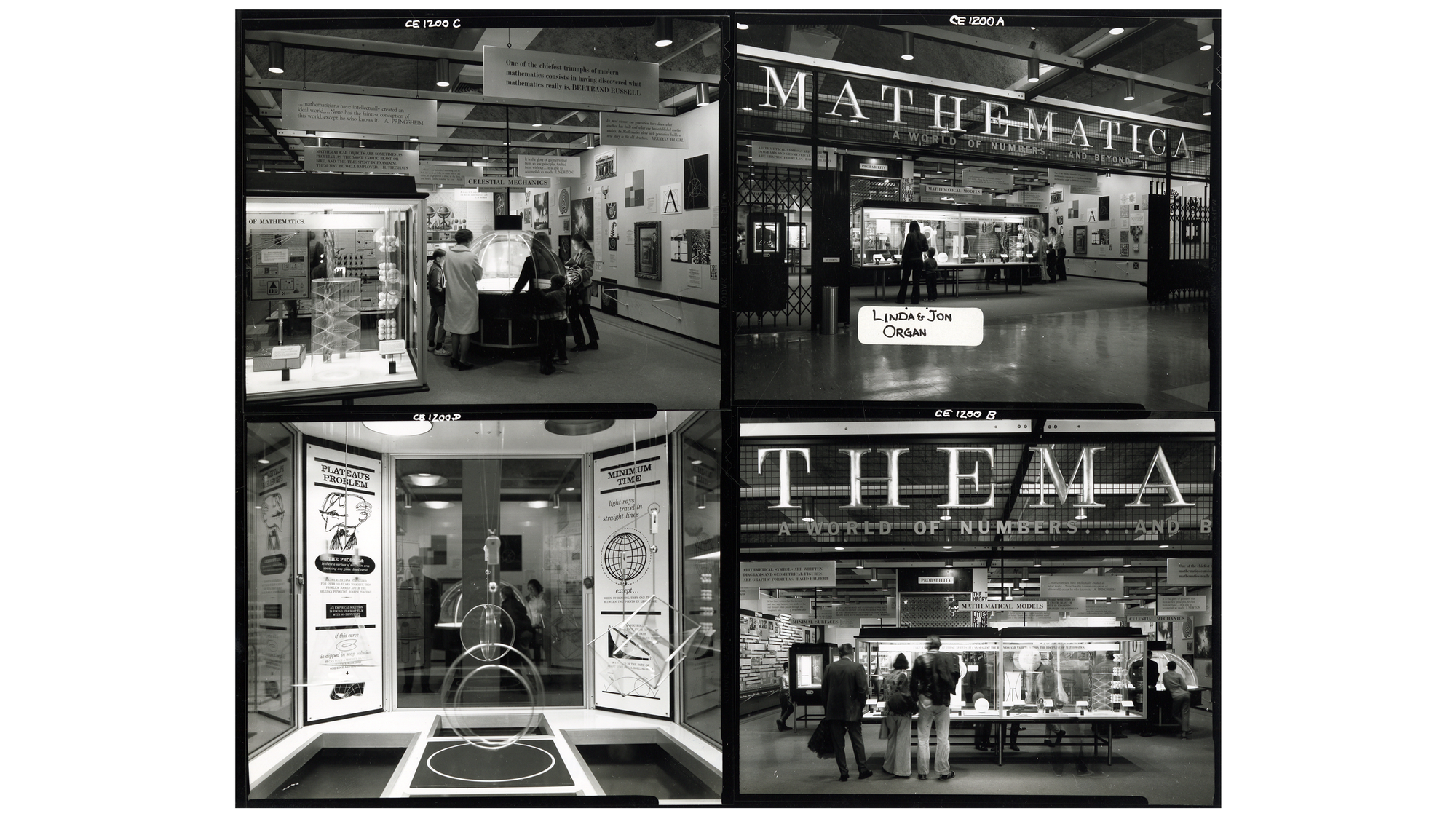Destination Eames: Mathematica
The Eameses’ brilliance in designing experiences is palpably evident in “Mathematica,” their first exhibition.
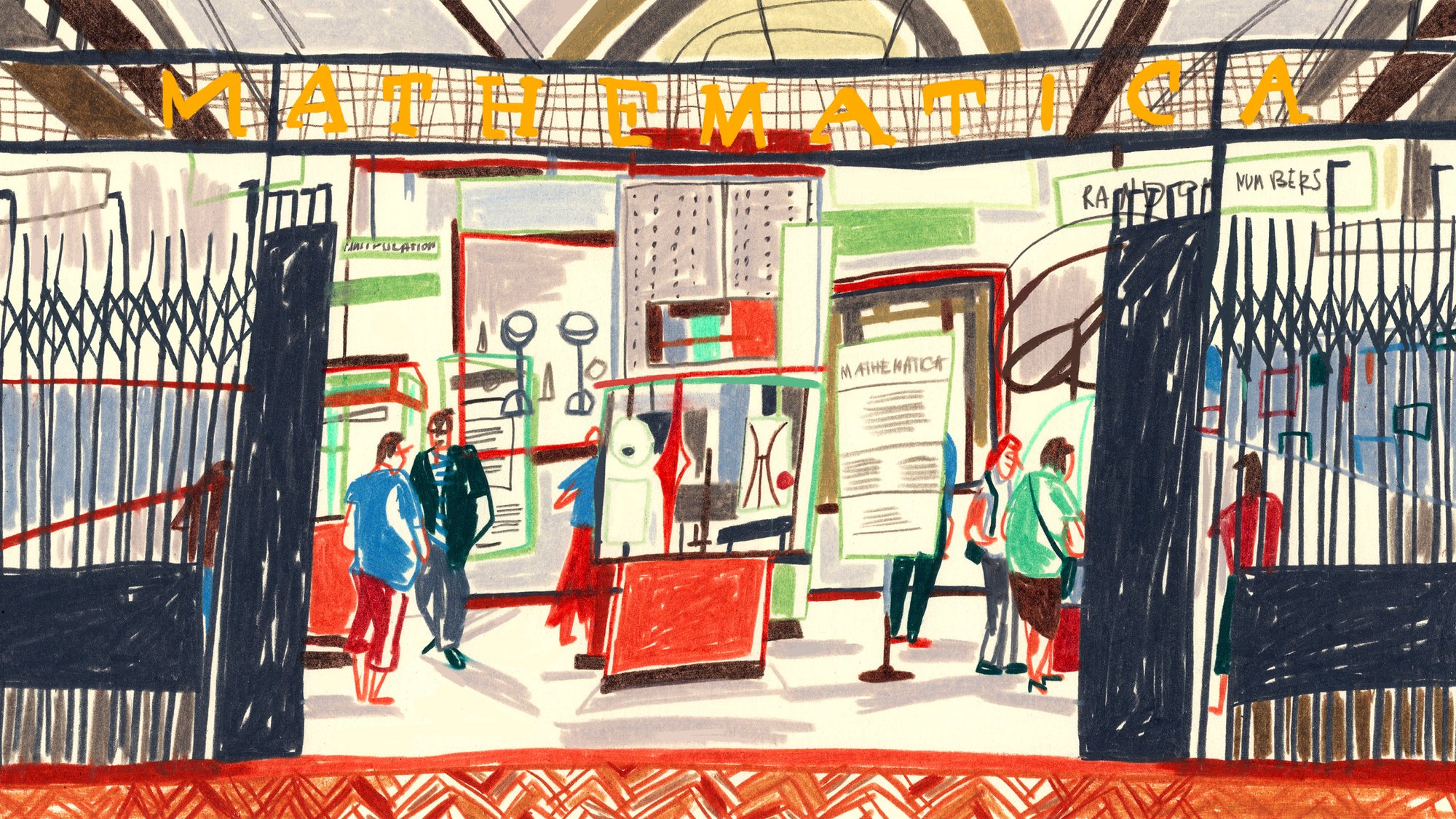
The entrance to the Mathematica exhibition at The Henry Ford beckons visitors inward.
Exploring the history of Ray and Charles Eames, and the significance of their design work, is a lifelong endeavor. Learning about their creations in various publications is valuable, as is experiencing their three- and two-dimensional designs—furniture, films, exhibitions, toys, and more—in person and at scale whenever and as much as possible. The next level of Eames lore emerges through an understanding of the places where the Eameses worked, lived, studied, explored, and dreamed, or that document and now celebrate their evolution.
In this ongoing series—which has featured Cranbrook and the Eames House—we showcase the locations that are central to the Eameses’ legacy. These museums and venues, houses and studios, provide insights into Ray and Charles’s creativity and problem-solving process, as well as the history, iconic projects, rarely seen ephemera, and spaces that expressed—and influenced—their singular way of shaping the world. Some are worthy of a pilgrimage while others reveal essential chapters of the Eameses’ story, all of it highlighting the couple’s epic transformation of design.
Mathematica: A World of Numbers...and Beyond
Ray and Charles Eames’s brilliance was showcased in their creations for the home as well as for more public arenas: museums, and specifically the design of exhibitions that educated audiences about subjects that included the history of computers, the life of Indian leader Jawaharlal Nehru, and the history of Benjamin Franklin and Thomas Jefferson, an exhibition that debuted during the United States’ bicentennial and toured around the world. Ray and Charles created their first exhibition, Mathematica: A World of Numbers...and Beyond, for the California Museum of Science and Industry in Los Angeles. Enlisted by IBM to develop a program for the museum’s new science wing, the Eames Office created an expansive presentation that explored the theory, history, phenomena, and application of mathematics in ways that entertained and captured viewers’ imaginations.
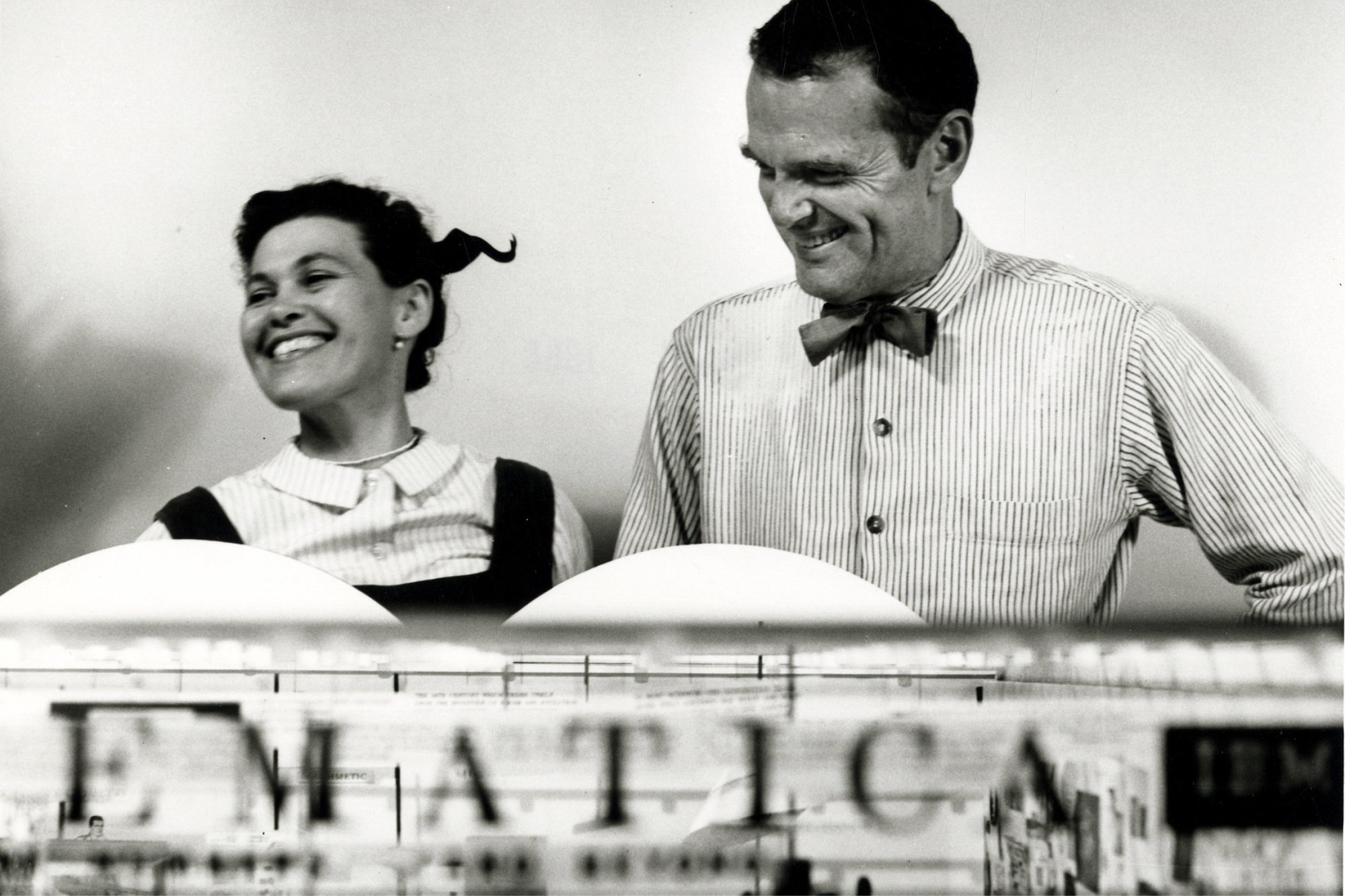
Ray and Charles with the final ½-inch scale model of the exhibition. Artifact# A.2019.2.060
The show debuted in 1961 with an array of interactive installations, explanatory graphics, and ingenious contraptions that demonstrated mathematical principles. The Probability Machine, for instance, tangibly demonstrated probability by showing how balls dropped into a matrix end up arranging into a normal distribution curve; in the Celestial Mechanics installation, spheres accelerate on circular paths as they descend into a conical vortex, showcasing the gravitational theories of Isaac Newton and Johannes Kepler; a red arrow traveling the surface of the Moebius Band shows the marvelous complexities of topology. In an era when the space race was heating up and computers were becoming integrated into business operations and science, the evocative installations educated and catalyzed wonder, fitting the Eameses’ goal to inspire the next generation of mathematicians and scientists.
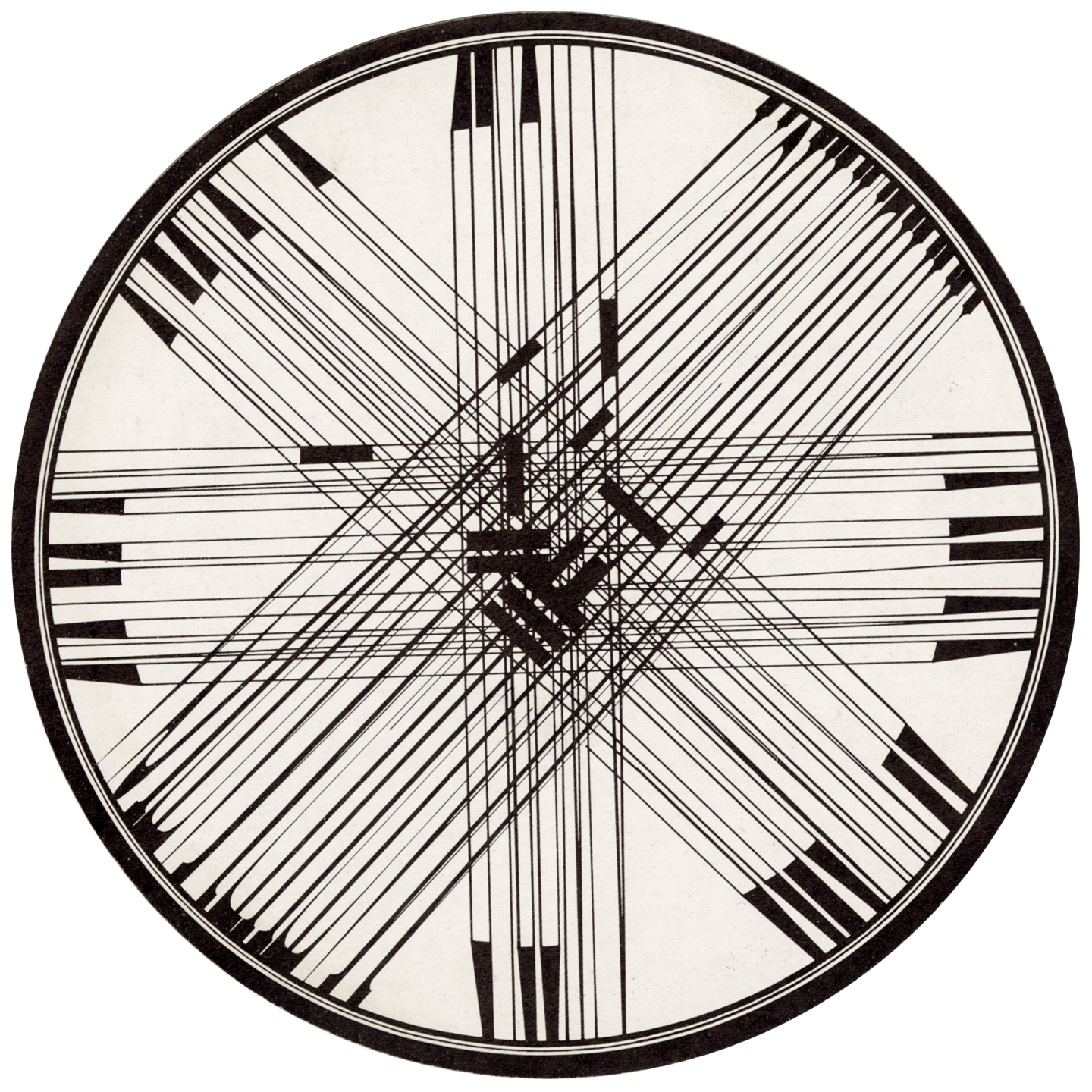
Graphic designed as a keepsake for opening night. When tilted at just the right angle, the lines foreshorten to form the name of the exhibition, Mathematica: A World of Numbers…and Beyond. Artifact# A.2019.2.1751
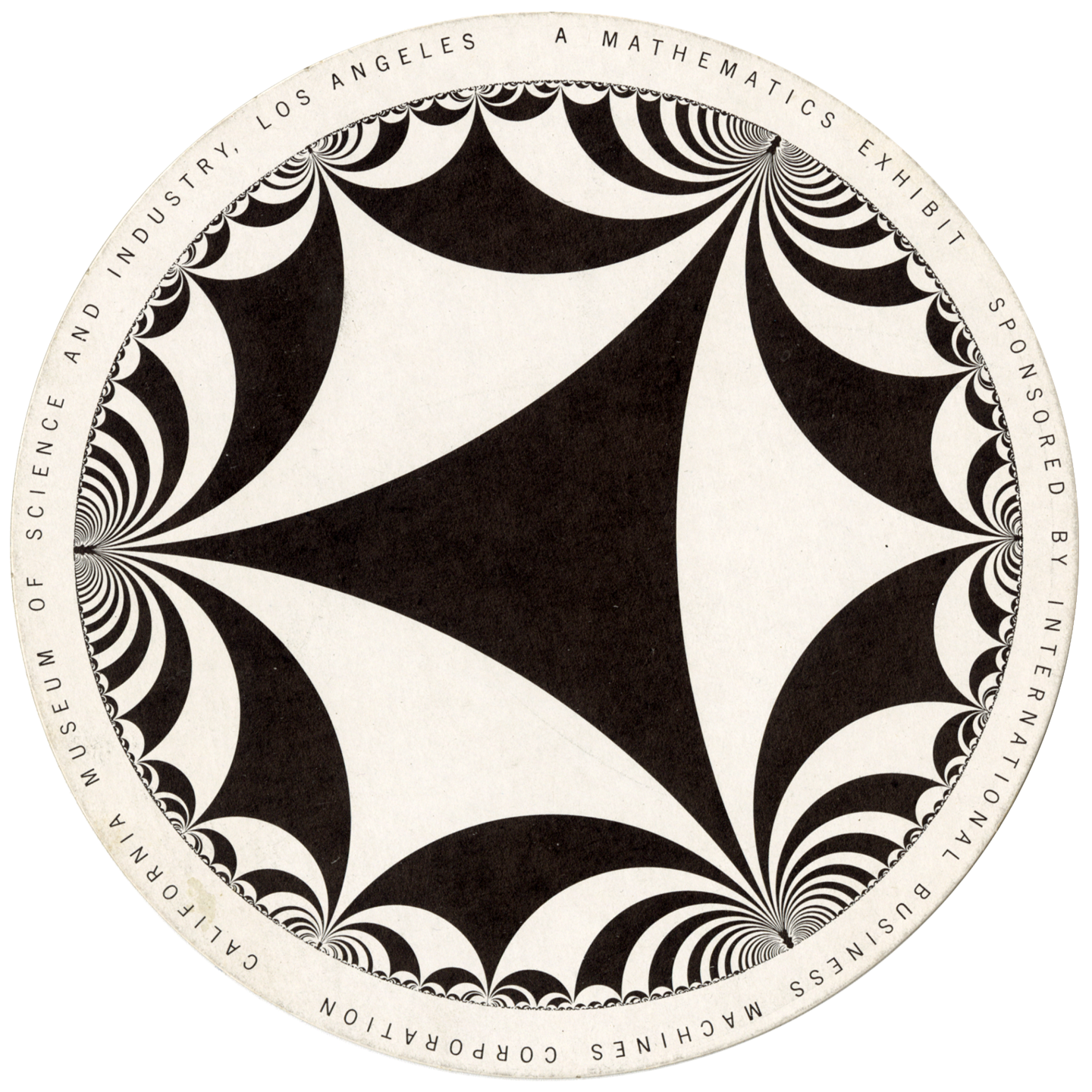
The reverse side presents a diagram illustrating the concept of infinite complexity within a single form. Artifact# A.2019.2.1751
Mathematica was displayed at the California Museum of Science and Industry until it closed in the 1980s. Some six decades after its 1961 debut, the Eameses’ exhibition is still on display at the Henry Ford Museum of American Innovation, Boston’s Museum of Science, and the New York Hall of Science (NYSCI). The exhibition remains revelatory not only for the content itself, but as a showcase of the Eames Office merging thoughtful design, visual storytelling, and play to make complex and potentially daunting subjects engaging and entertaining.
The exhibition’s design legacy is celebrated through NYSCI’s October 2024 “restoration and reimagining” of the exhibition that entailed repairs to several key installations and added context to the Eameses’ identity and history.
In an age when AI, physics, engineering, and data science are deeply influencing so many dimensions of culture and business, this forever young showcase remains a compelling journey through the math concepts and history central to science, art, and technology—for children and adults alike. Modern exhibition designers should take note.
Video courtesy of The Henry Ford.
Henry Ford Museum of American Innovation
Henry Ford was obsessed with American ingenuity, and he established what is now called The Henry Ford Museum of American Innovation to celebrate the nation’s exemplary creators and their artifacts. In his quest to reveal the methods and ephemera of these innovators, Ford was not easily daunted. He recreated Thomas Edison’s laboratory working closely with the inventor and incorporating salvaged materials from Edison’s original Menlo Park campus, going so far as to transport two buildings from New Jersey to Michigan. He performed similar feats for other pioneers, moving the Wright Brothers’ home and workshop from Dayton, Ohio, transporting Luther Burbank’s garden office from Santa Rosa, California, and paying homage to George Washington Carver by building a replica of the cabin where Carver was born.
The Eameses are included in this esteemed company, and the museum has a permanent Eames exhibition featuring a cache of Ray and Charles’s treasures. Among them are two important prototypes: the loose cushion arm sofa and the first fiberglass chair, the circa 1949 holy grail of Eames history. One remarkable display shows an exploded view of the Eames Lounge Chair that reveals every component of the piece, all of them suspended in mid-air. The museum also exhibits a machine the Eameses used for molding the foam insert for their upholstered fiberglass armchair, providing insight into the behind-the-scenes production process that was integral to the Eameses’ success. Other milestones exhibited include the Molded Plywood Leg Splint, circa 1943, and a kiosk that the Eameses designed for the IBM pavilion at the 1964 World’s Fair Exposition held in Queens, New York. As if all of this wasn’t enough, The Henry Ford’s Mathematica exhibition, on view since 2017, provides an immersive exploration of Eamesian ingenuity and design.
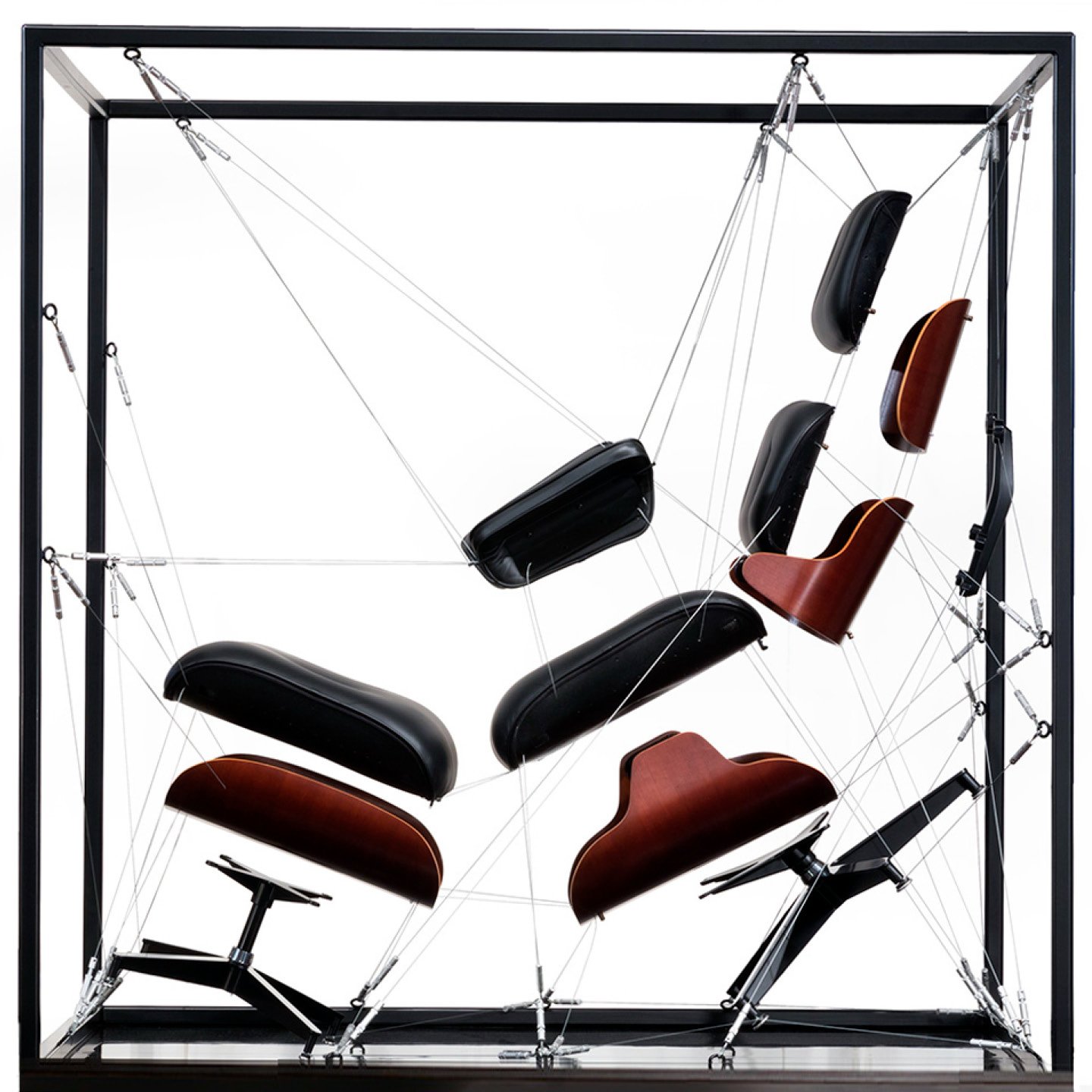
Exploded Eames Lounge Chair and Ottoman, 2006. From the Collections of The Henry Ford.
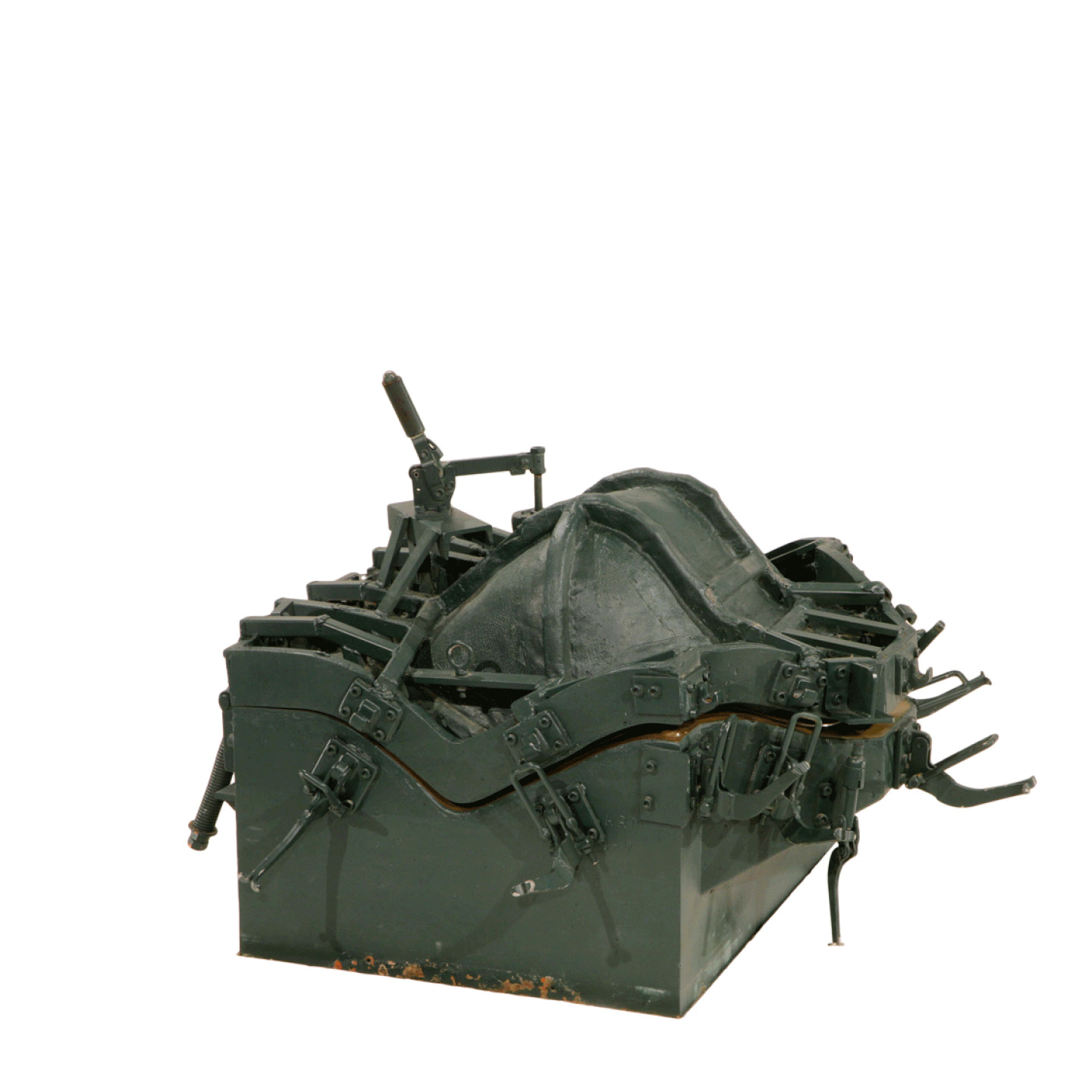
Mold for Eames Fiberglass Armchair, 1950-1968. From the Collections of The Henry Ford.
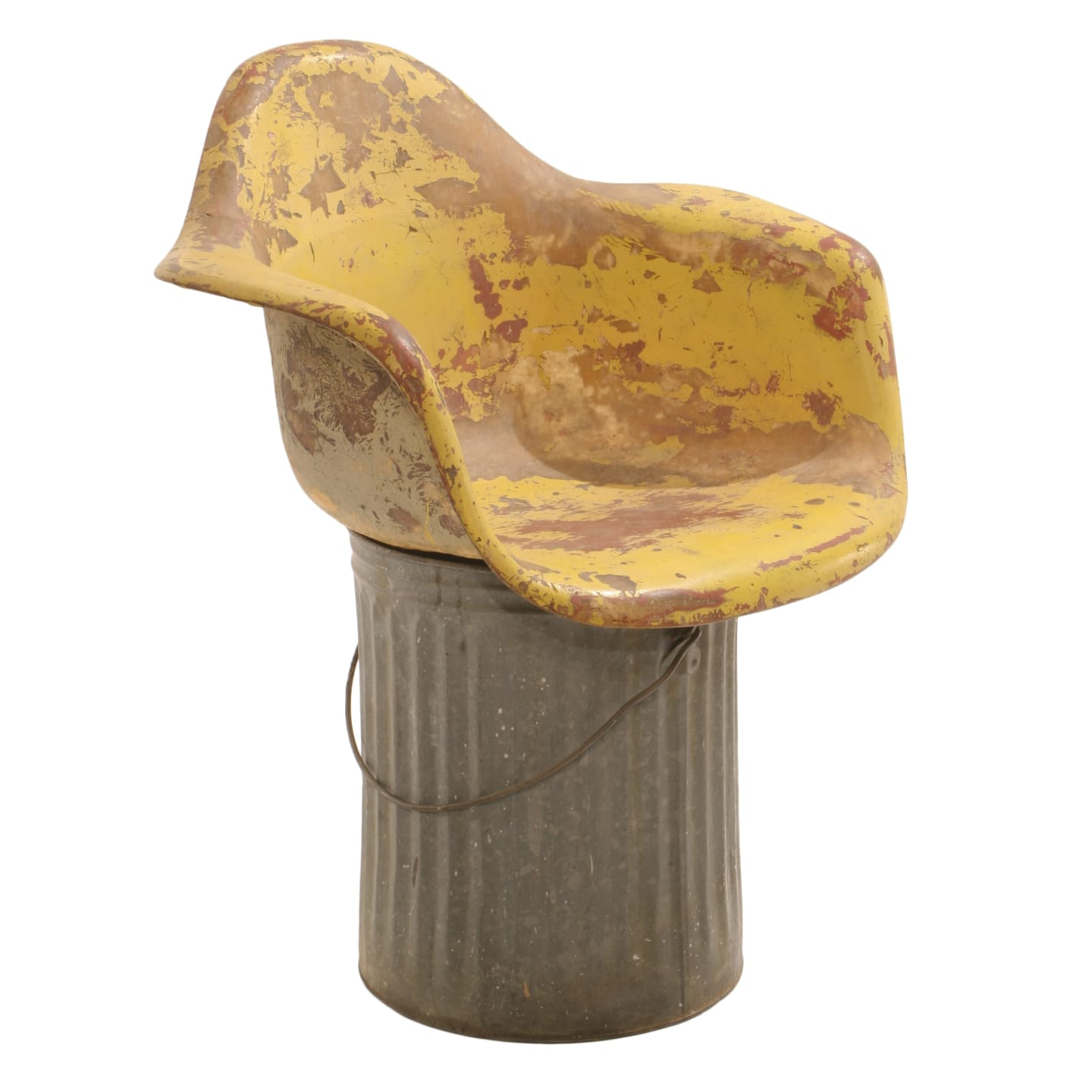
Prototype Eames Fiberglass Chair, circa 1949. From the Collections of The Henry Ford.
The genius of Mathematica is reflected in its relevance to visitors with varying degrees of understanding about math. Those who are encountering these principles for the first time will find an illuminating and joyful journey, just as those who are already versed in math will find a renewed appreciation of the subject, keeping true to the Eameses’ original intent as expressed by Charles: “[The exhibition] should be of interest to a bright student and not embarrass the most knowledgeable.” Visiting the exhibition and The Henry Ford’s Eames showcase accomplishes the same for the art of design and the Eamesian practice of it, providing resonance for newcomers to these traditions, and a timeless celebration for existing aficionados. ❤
Born in Armenia to a family with a deep love for the arts—an art collector father and linguist mother—Sarah Mari Shaboyan is an artist/illustrator living and creating in Italy.
At Kazam! Magazine, we believe design has the power to change the world. Our stories feature people, projects, and ideas that are shaping a better tomorrow.
